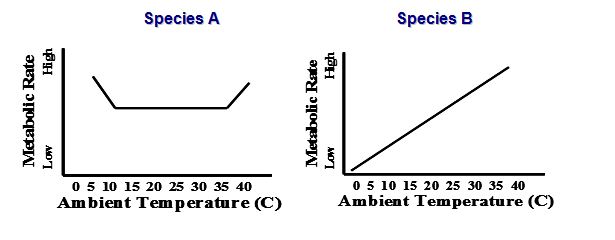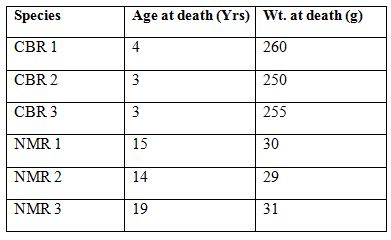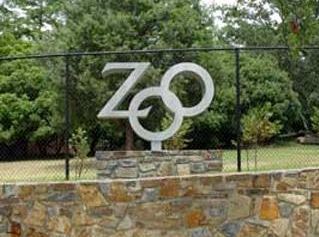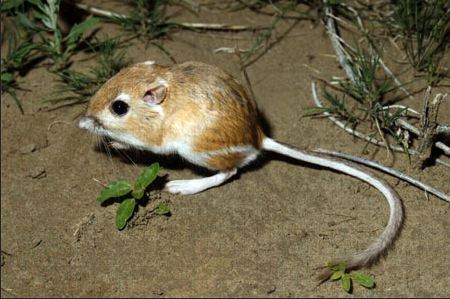|

Preview
Material for Exam 1 - Spring 2013
Print
the PDF version (no pictures, better printing)
Remember:
Use a #2 pencil to fill in the information on your NCS answer sheet. Put your O-Key Account Username in the boxes indicated for LAST NAME and darken the appropriate circles. Write your Name (Last, First) and “"Star" or "No Star"” in the space above the boxes containing your O-Key Account Username. Darken the (S) or (N) in the last column of the name circles. Enter the number 1311 and darken the corresponding circles in the first 4 columns of the “Student ID.” Failure to perform this correctly will incur a -10pt handling fee. Read all questions and answers carefully before choosing the single BEST response for each question. Feel free to ask the instructor for clarification.
|
|
A butterfly must flap its wings rapidly by contracting its flight muscles that are powered by ATP. To fly successfully, the butterfly must generate a large quantity of ATP even before oxygen has the opportunity to enter its respiratory system.
Dr. B. Havior has discovered a new species of butterfly in the tropics and noticed that some butterflies attract more mates than others and some butterflies flap their wings at higher frequencies than others and wonders what accounts for this. Too excited to wait for all the work to be done and published in a peer-reviewed journal, Dr. Havior blogs the following to colleagues around the world: "Based on our recent observations of mating activity among butterfly species, we propose that females mate with males that flap their wings most rapidly."
|

|
|
source |
|
|
The following two graphs illustrate metabolic rates for two different species over a range of ambient (environmental) temperatures when each species is at rest
|
 |
|

|
You have two families of pet rats, one a Common Brown Rat (CBR), and another a Naked Mole Rat (NMR). CBR adults are much larger (approximately weighs 250 grams) compared to NMR adults (approximately weighs 30 grams), but of very similar overall shape. They happen to be great friends. You are worried that due to the size difference one of your rats may die earlier than the other. You predict that larger rats have shorter lifespan. You find lifespan data for 3 CBR and 3 NMR rats on a hobbyist blog.
|
| source |
|
You keep both families of rats in your house at room temperature (approximately 20°C) and feed them exactly the same. During an ice storm you lose power, and the temperature in your house drops to 10°C for several days. After five days, to your dismay you find that you have lost your entire NMR family.
You replace your pets, but have to leave town and ask your roommate to take care of both (i.e., CBR and NMR) your rat families. Unfortunately, your roommate has an emergency and also has to leave town. Before leaving she leaves equal amounts of food and water in both rat cages. After you return, you find that the NMR family is doing well with plenty of water left in the bowl. However, your entire CBR family is dead with their water bowls bone-dry.
|

|
|
source |

|
|
|
On your last visit to the Oklahoma City zoo, you stop in front of a cage of a mammal you have never seen before. The animal's shape is elongated, it is covered with short brown fur and its ears are very large and elongated.
|

|
|
source |
|
In an experiment to determine the thermal neutral zone of the animal you exposed the animal to a wide range of temperatures and measure the metabolic rate at each temperature.
|

|
|
source |
|
|
A kangaroo rat has wandered into an oasis to consume some local seeds and some rotenone (insecticide used by oasis farmers) rubs into its fur. Some lice dwelling in the rat's fur consume the rotenone—with toxic results. Rotenone prevents NADH from transferring its electrons to the electron transport chain in mitochondria. The temperature at the oasis often drops rapidly after the sun sets. At the oasis, the ambient temperature drops from 40°C at sunset to 20°C by midnight. At midnight at the oasis, the kangaroo rat successfully scratches off a louse.
|

|
|
source |

|

|
| source |
source |
|
|